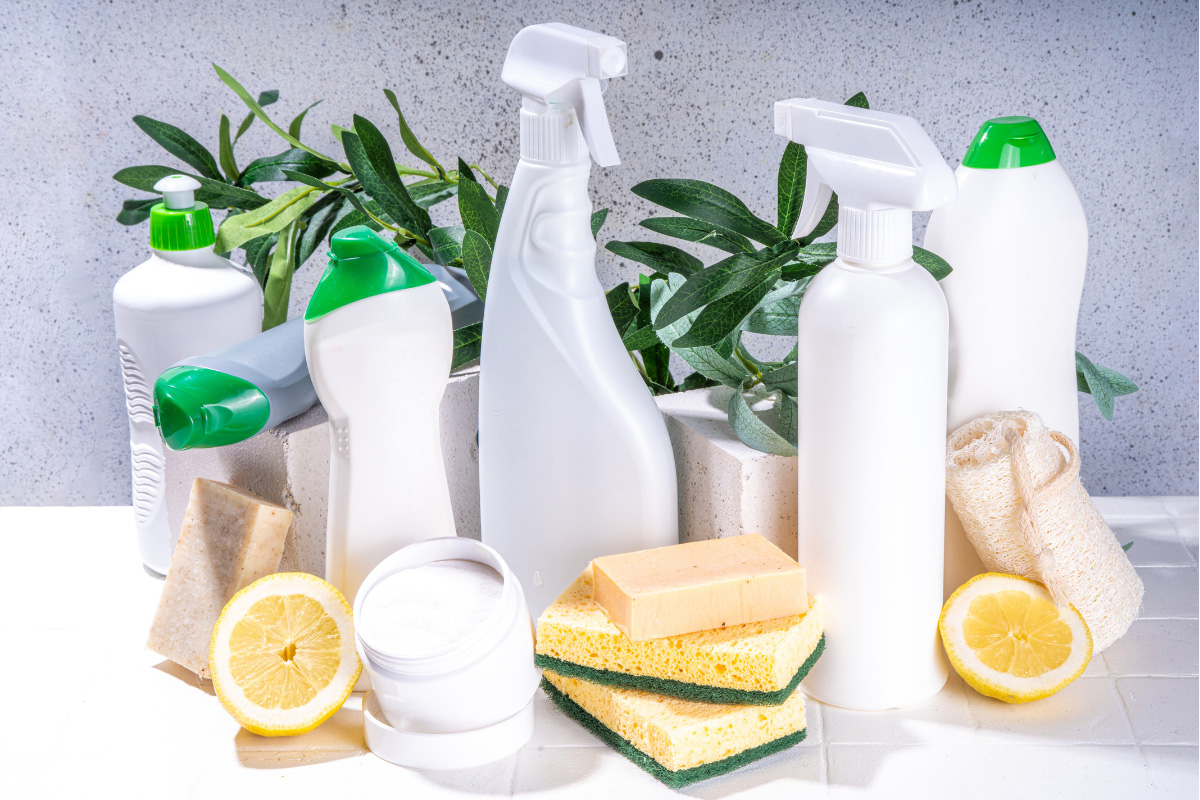The Importance of Deep Cleaning a Dirty Kitchen
Keeping a clean kitchen is not only aesthetically pleasing but also essential for maintaining good hygiene and preventing the spread of harmful bacteria. A dirty kitchen can harbor germs, pests, and allergens, which can pose a threat to your health and that of your loved ones.
Deep cleaning a dirty kitchen may seem like an overwhelming task, but with the right tips and tricks, it can become a manageable and even enjoyable task. In this article, we will share detailed tips and tricks for deep cleaning a dirty kitchen that will make the process easy and efficient.

Before You Begin: Gather Your Supplies
Before you begin deep cleaning your kitchen, gather all the necessary supplies, including:
- Cleaning solutions (e.g., all-purpose cleaner, glass cleaner, oven cleaner, etc.)
- Microfiber cloths
- Scrub brushes
- Rubber gloves
- Sponges
- Baking soda
- White vinegar
- Dish soap
Having all these supplies on hand will make the cleaning process smoother and more efficient.
Clear the Clutter
The first step to deep cleaning a dirty kitchen is to clear the clutter. Remove all items from the countertops, including appliances, utensils, and food items. This will make it easier to clean the surfaces thoroughly.
Start with the Oven and Stovetop
The oven and stovetop are often the dirtiest areas in a kitchen, so it’s best to start there. Remove the grates and burners and soak them in warm, soapy water. Apply an oven cleaner to the inside of the oven and let it sit for the recommended time. Scrub the grates and burners with a scrub brush and rinse them thoroughly before replacing them.
Tackle the Refrigerator and Freezer
The next step is to tackle the refrigerator and freezer. Empty the contents of both and dispose of any expired or spoiled food. Remove the shelves and drawers and wash them with warm, soapy water. Wipe down the interior with a solution of baking soda and water, and then dry it with a clean cloth.
Clean the Cabinets and Drawers
The cabinets and drawers are often overlooked when it comes to deep cleaning a kitchen, but they can accumulate dirt and grime over time. Remove all items from the cabinets and drawers and wipe them down with a damp cloth. For tough stains, use a solution of vinegar and water. Let the surfaces dry completely before replacing the items.
Wipe Down the Countertops
The countertops are another area that can accumulate dirt and bacteria quickly. Wipe down the countertops with an all-purpose cleaner or a solution of vinegar and water. For stubborn stains, use a baking soda paste and scrub with a sponge or brush.
Don’t Forget the Sink
The sink is a breeding ground for bacteria and germs, so it’s crucial to give it a thorough cleaning. Scrub the sink with a solution of dish soap and water and rinse it with warm water. For tougher stains, use a baking soda paste and a scrub brush.
Mop the Floors
The final step in deep cleaning a dirty kitchen is to mop the floors. Sweep or vacuum the floors to remove any loose dirt and debris, then mop them with a solution of warm water and floor cleaner. Pay special attention to the corners and edges, where dirt and grime tend to accumulate.

Tips and Tricks for Deep Cleaning a Dirty Kitchen
Work from top to bottom: Start with the highest surfaces and work your way down to the floors
Use natural cleaning solutions: Natural cleaning solutions like baking soda and white vinegar are not only effective but also safe for the environment and your health.
Don’t forget the small appliances: Small appliances like the toaster and coffee maker can accumulate dirt and grime over time. Wipe them down with a damp cloth and a natural cleaning solution.
Clean as you go: To prevent a buildup of dirt and grime, clean up spills and messes as soon as they happen.
Use microfiber cloths: Microfiber cloths are effective at picking up dirt and grime without leaving streaks or residue.
Replace your sponges frequently: Sponges can harbor bacteria, so it’s important to replace them frequently or sanitize them in the dishwasher or microwave.
Don’t neglect the walls and ceiling: The walls and ceiling can also accumulate dirt and grime. Use a damp cloth to wipe down the walls and ceiling to remove dust and cobwebs.
Deep cleaning a dirty kitchen may seem like a daunting task, but with the right tips and tricks, it can become a manageable and even enjoyable task. By following the steps outlined in this article, you can keep your kitchen clean and hygienic, promoting good health and a pleasant environment.
FAQs
How often should I deep clean my kitchen?
-It is recommended to deep clean your kitchen at least once every three months.
Can I use bleach to clean my kitchen?
-Bleach is effective at killing bacteria and germs, but it should be used with caution and in well-ventilated areas. Natural cleaning solutions like baking soda and white vinegar are safer alternatives.
How can I prevent a buildup of dirt and grime in my kitchen?
-Clean up spills and messes as soon as they happen, and try to clean as you go. Regularly wipe down surfaces and appliances to prevent a buildup of dirt and grime.
Can I use a steam cleaner to deep clean my kitchen?
-Yes, a steam cleaner can be an effective tool for deep cleaning a kitchen. It uses hot steam to kill bacteria and sanitize surfaces without the use of chemicals.
What is the best way to clean stainless steel appliances?
-To clean stainless steel appliances, use a solution of dish soap and warm water, and wipe with a microfiber cloth in the direction of the grain. Avoid using abrasive cleaners or scrubbers that can scratch the surface.




